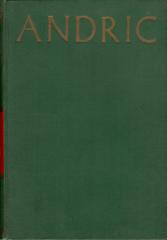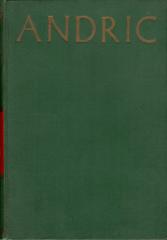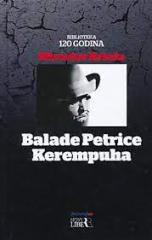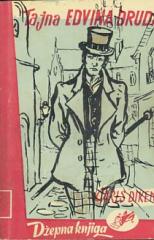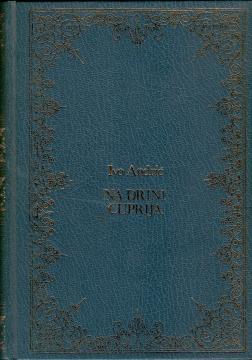
Sabrana djela I: Na Drini ćuprija
Na Drini ćuprija je roman Ive Andrića koji je prvi put objavljen 1945. godine. Radnja se dešava u Višegradu, malom bosanskom gradu, a centralni motiv je most na Drini, koji je simbol kulture, istorije i sudbine naroda kroz vekove.
Roman prati istoriju mosta na Drini kroz više vekova, od njegove izgradnje u 16. veku, za vreme osmanske vlasti, pa sve do 20. veka. Most je izgrađen po naređenju vezira Mehmed-paše Sokolovića, koji je bio poreklom iz tog kraja. Kroz priče o običnim ljudima, zločinima, ljubavima i sudbinama, Andrić prikazuje život na ovom prostoru u različitim istorijskim periodima.
U fokusu romana je svakodnevni život ljudi koji su vezani za most, kako turisti, trgovci, seljaci, tako i vojnici i vlast. Most je središnji element u životima svih likova, na njemu se događaju mnoge važne i dramatične situacije. Kroz likove, Andrić prikazuje sukobe između različitih kultura, religija i naroda koji su živeli na tom području tokom vekova.
Roman također istražuje sudbinu i psihu naroda, njihove strahove, nade i patnje, kroz prikaz raznih istorijskih događaja kao što su osmanska okupacija, austrougarska vlast, Balkanski ratovi, pa sve do Prvog svetskog rata. Na mostu se uvek dešavaju sudbine koje odražavaju velike istorijske promene.
Iako most, kao fizička struktura, traje kroz vekove, ljudi koji dolaze i odlaze, kao i promene koje se događaju u društvu, pokazuju efekte vremena na narode, mentalitete i svakodnevni život.
Roman "Na Drini ćuprija" je delo koje duboko istražuje identitet, zajedništvo i konflikt na Balkanu, kao i simboliku mosta kao mesta spajanja i razdvajanja. Andrić koristi most da bi prikazao kako istorija i sudbina oblikuju živote običnih ljudi, dok istovremeno čineći most centralnim mestom gde se prepliću sudbine prošlih i budućih generacija.
Primerak je dostupan kao deo kompleta knjiga "Ivo Andrić: Sabrana djela I-XVI"
Pregledajte komplet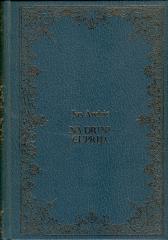
1. Sabrana djela I: Na Drini ćuprija
Na Drini ćuprija je roman Ive Andrića koji je prvi put objavljen 1945. godine. Radnja se dešava u Višegradu, malom bosanskom gradu, a centralni motiv je most na Drini, koji je simbol kulture, istorije i sudbine naroda kroz vekove.
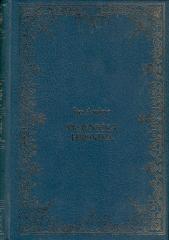
2. Sabrana djela II: Travnička hronika
„Travnička hronika“ je roman Ive Andrića, prvi put objavljen 1945. godine. Ovo delo spada u autorski tzv Bosanski ciklus i pruža široku sliku istorijskih, kulturnih i političkih prilika u Bosni tokom osmanske i austrijske vladavine.
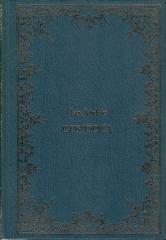
3. Sabrana djela III: Gospođica
„Gospođica“ je roman Ive Andrića, prvobitno objavljen 1945. godine. Delo spada u tzv Bosanska trilogija, zajedno sa romanima „Na Drini ćuprija” i „Travnička kronika”.
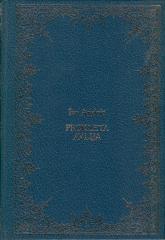
4. Sabrana djela IV: Prokleta avlija
„Prokleta avlija“ jedno je od najpoznatijih dela Ive Andrića, originalno objavljeno 1954. godine. Ovo kratko, ali snažno delo predstavlja duboku analizu ljudske prirode i sudbine kroz priču o zatvorenicima u otomanskoj tamnici poznatoj kao Prokleta avlij
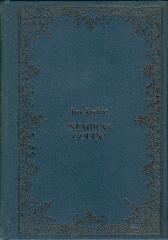
5. Sabrana djela V: Nemirna godina - pripovetke
„Nemirna godina“ je zbirka pripovedaka Ive Andrića, koja obuhvata niz pripovedaka nastalih u različitim periodima njegovog stvaralaštva.
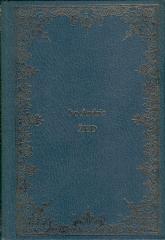
6. Sabrana djela VI: Žeđ - pripovetke
„Žeđ“ je zbirka pripovedaka Ive Andrića koja je prvi put objavljena 1936. godine. Ova zbirka predstavlja jedan od vrhunaca Andrićevog pripovedačkog stvaralaštva.
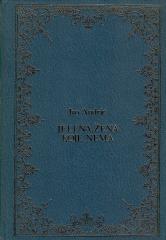
7. Sabrana djela VII: Jelena, žena koje nema - pripovetke
Reč je o zbirci pripovedaka Ive Andrića, koja je prvi put objavljena 1963. godine. Ova zbirka sadrži niz pripovedaka koje istražuju egzistencijalne teme, a naslovna priča je jedna od najpoznatijih u Andrićevom opusu.
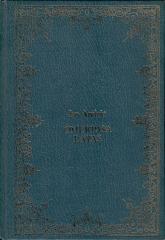
8. Sabrana djela VIII: Omerpaša Latas
Roman Ive Andrića Omerpaša Latas napisan je 1954. godine, a radi se o istorijsko-psihološkom narativu zasnovanom na životu stvarne istorijske ličnosti Omer-paše Latasa, koji je bio osmanski general i državnik tokom 19. veka.
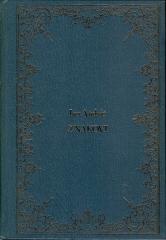
9. Sabrana djela IX: Znakovi - pripovetke
Ova zbirka objedinjuje niz kraćih Andrićevih dela koja se bave ljudskim sudbinama, istorijskim i društvenim prilikama i univerzalnim pitanjima ljudske prirode.
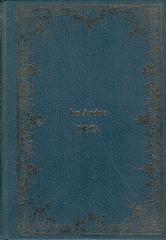
10. Sabrana djela X: Deca - pripovetke
Ova zbirka obuhvata niz priča koje se fokusiraju na svet dece, njihovu nevinost, radoznalost, patnju i suočavanje sa surovostima sveta odraslih.
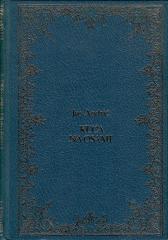
11. Sabrana djela XI: Kuća na osami i druge pripovetke
Izbor kratkih priča u ovoj knjizi sastoji se iz dva dela. Jednu čini samostalna zbirka pripovedaka „Kuća na osami“, koju je Andrić radio pred kraj svog života, a drugi deo je zbirka pripovedaka pisanih u različitim periodima.
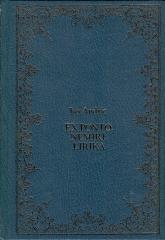
12. Sabrana djela XII: Ex Ponto, Nemiri, lirika
U ovoj svesci objavljeni su Andrićevi rani radovi, pesme u prozi, poetske beleške i lirika. Svaki od ovih naslova ima specifičnu temu i stil koji odražava Andrićevo unutrašnje stanje i filozofska promišljanja.

13. Sabrana djela XIII: Istorija i legenda: eseji, ogledi i članci
Ivo Andrić, osim što je bio odličan romansijer, bio je i talentovan esejista i esejista. Njegova zbirka „Istorija i legenda“ objedinjuje niz eseja, članaka i eseja koji se bave temama istorije, kulture, književnosti i ljudske sudbine.
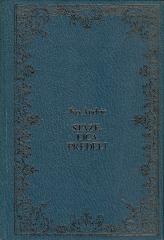
14. Sabrana djela XIV: Staze, lica, predeli
„Staze, lica, predeli“ je zbirka eseja i spisa Ive Andrića, prvi put objavljena 1963. godine. Ovo delo se razlikuje od Andrićeve beletristike jer se bavi filozofskim, introspektivnim i autobiografskim razmatranjima.
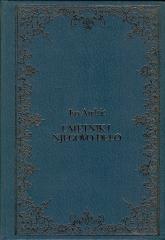
15. Sabrana djela XV: Umetnik i njegovo delo
„Umetnik i njegovo delo“ je zbirka eseja, ogleda i članaka Ive Andrića, u kojoj ovaj veliki pisac razmatra ključna pitanja umetnosti, stvaralačkog procesa i uloge umetnika u društvu.
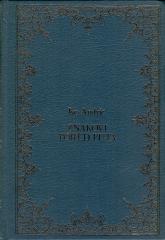
16. Sabrana djela XVI: Znakovi pored puta
„Znakovi pored puta” nisu ispovest ili hronologija života, već fragmenti života i duhovne borbe. To je zbirka mudrosti koja je iz generacije u generaciju omiljeno štivo kome se čitaoci uvek rado vraćaju iznova.
